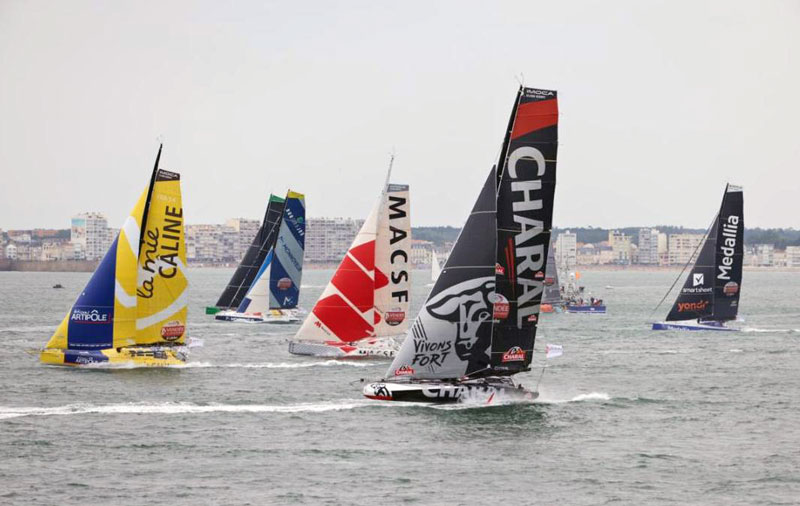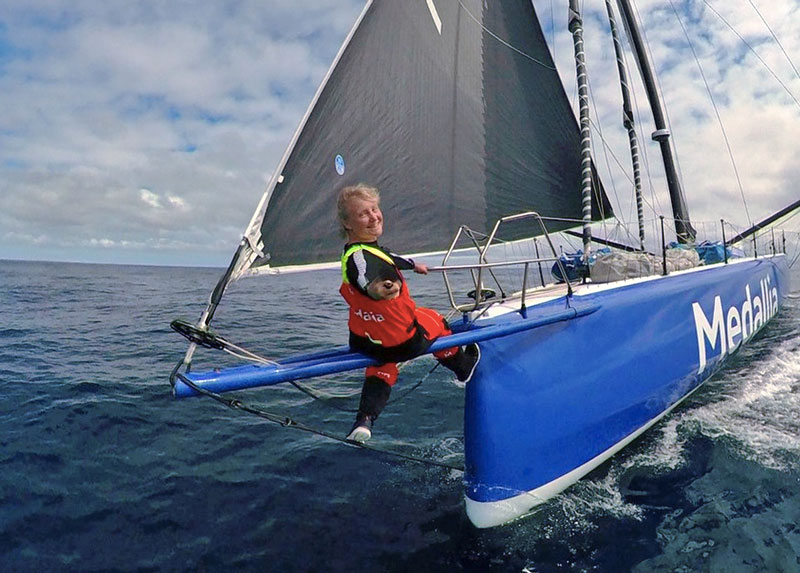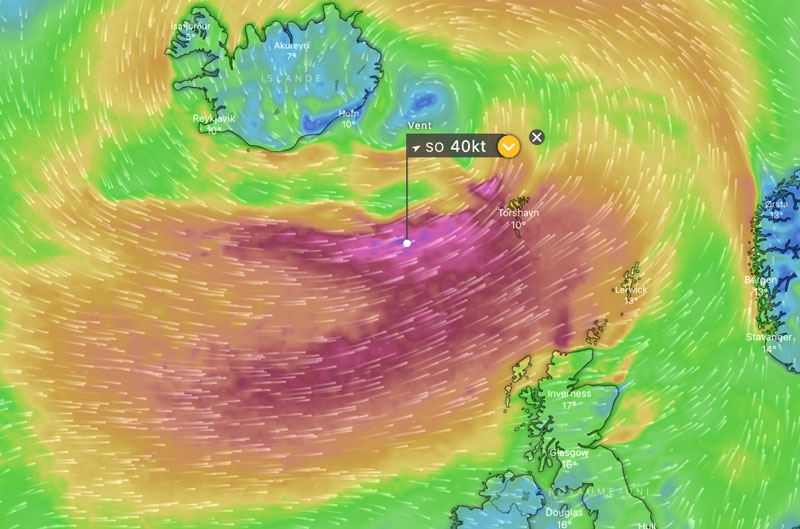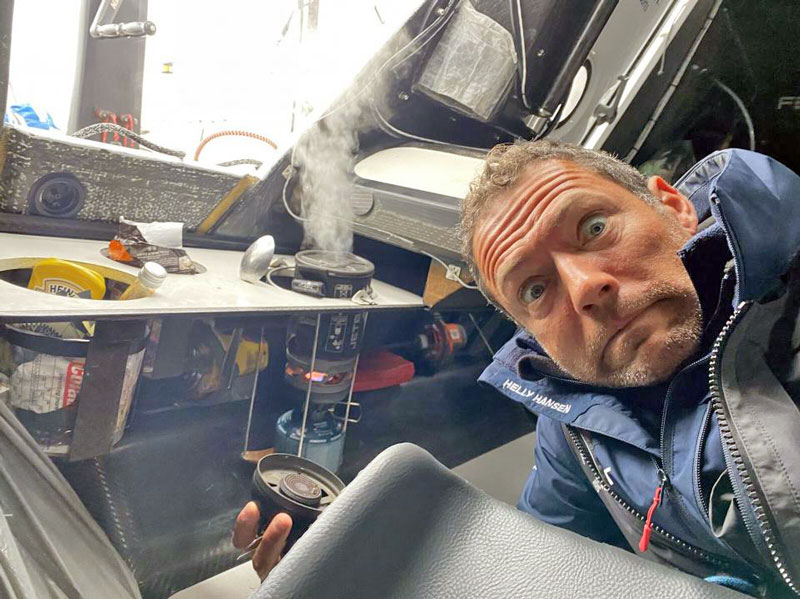
Solo Vendée Arctique Is No Joke
On April 1, 2006, the Bay Area Multihull Association ran an ocean race with an interesting course choice: Course A was to take Attu Island in the Aleutians to port and return to San Francisco. (Course B was somewhat shorter: just go around the Farallones.) It looks as though IMOCA and the Vendée Globe people have stolen that idea with the Vendée Arctique.

The course starts at Les Sables-d’Olonne in France and takes Iceland to port before returning. This race is a qualifier for the around-the-world Vendée Globe due to start in 2024. The Vendée Arctique course is a difficult combination of Atlantic highs and lows. It started on June 12 with 25 singlehanded sailors on the line. All the boats are IMOCA 60s but of varying vintages and a mixture of new, fully foiling designs that have large boards, smaller boards on some older boats, and straight daggerboard boats that can’t foil.
Race director Francis Le Goff mentioned that the course levels the field between such diverse boats. “It will be very interesting to see how the foilers and the straight daggerboard boats perform in the first part of the course. There is a strong possibility that the straight daggerboards can do well in the lighter weather conditions.” Off Ireland after a nice fast reach, the boats slowed down in light wind. “While most of the fleet is being challenged by a lack of wind, I decided to have my own challenges yesterday evening,” said Pip Hare on Medallia.

Pip Hare is one of two women in the race. She’s sponsored by a San Francisco tech company. And her problems turned out to be tech-related. “At about 1800, I was out on deck and the boat tacked on its own. No great emergency, as there was only 7 knots of wind, but obviously the autopilot had encountered a problem. I had been having some glitches with data pathways through the boat, but thought we had solved them. All the instrumentation also turned off immediately.” She was able to fix things, but these boats are very complicated and each skipper has to be fluent in many different skills.
All was going to plan for the race until a low-pressure system formed right between Iceland and the fleet. The race committee decided to shorten course and set a virtual finish mark off the southeastern tip of Iceland. But by then most of the slower boats had been hit hard by the front.

“The hours that followed confirmed the knockout caused by the depression, which was particularly violent when approaching the finish in heavy upwind sailing,” wrote the RC. The damage was increasing in the fleet: mainsails torn for Isabelle Joschke (MACSF) and Giancarlo Pedote (Prysmian Group), heavily damaged sail set for Conrad Colman (Imagine), serial problems for Kojiro Shiraishi (DMG MORI Global One), and a damaged hydrogenerator for Romain Attanasio (Fortinet-Best Western). “I thought I would never cross the finish line,” remarked an exhausted Attanasio. “It was the hardest thing I’ve done on a boat.”

in the Bay of Biscay during a storm and had to be rescued. His first IMOCA race was in 2015, and he raced in the 2016 Vendée Globe.
Although this year’s race was hard on the competitors and organizers, they plan to keep it in the schedule for the future. See www.vendeearctique.org.
